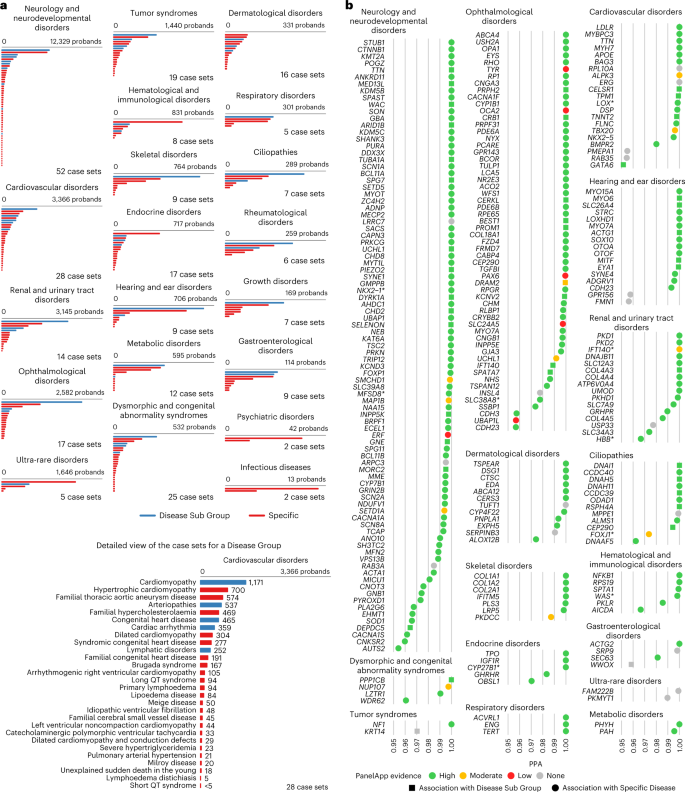2023-03-21 テキサス大学オースチン校(UT Austin)
SARS-CoV-2ウイルスのタンパク質スパイクと人間細胞上のACE2受容体との相互作用を妨げることで、COVID-19のほとんどのワクチンおよび抗体ベースの治療法が中和されます。しかし、スパイクタンパク質内の変異は、SARS-CoV-2の新興変異株が人間抗体反応を回避できるようにし、治療法が効果を発揮しなくなり、ワクチン接種者が侵入感染を経験する可能性があります。研究者たちは、ウイルスの生存に不可欠であり変異しないスパイクタンパク質の部分に焦点を当てることでこの問題に対処しています。
<関連情報>
- https://news.utexas.edu/2023/03/21/the-achilles-heel-that-could-lead-to-universal-coronavirus-treatments/
- https://elifesciences.org/articles/83710
すべての高病原性コロナウイルスのスパイクタンパク質に存在する保存されたS2エピトープを同定した。 Identification of a conserved S2 epitope present on spike proteins from all highly pathogenic coronaviruses
Rui P Silva,Yimin Huang,Annalee W Nguyen ,Ching-Lin Hsieh,Oladimeji S Olaluwoye,Tamer S Kaoud,Rebecca E Wilen,Ahlam N Qerqez,Jun-Gyu Park,Ahmed M Khalil,Laura R Azouz,Kevin C Le,Amanda L Bohanon,Andrea M DiVenere,Yutong Liu,Alison G Lee,Dzifa A Amengor,Sophie R Shoemaker,Shawn M Costello,Eduardo A Padlan,Susan Marqusee,Luis Martinez-Sobrido,Kevin N Dalby,Sheena D’Arcy,Jason S McLellan ,Jennifer A Maynard
eLife Published:Mar 21, 2023
DOI:https://doi.org/10.7554/eLife.83710
Abstract
To address the ongoing SARS-CoV-2 pandemic and prepare for future coronavirus outbreaks, understanding the protective potential of epitopes conserved across SARS-CoV-2 variants and coronavirus lineages is essential. We describe a highly conserved, conformational S2 domain epitope present only in the prefusion core of β-coronaviruses: SARS-CoV-2 S2 apex residues 980–1006 in the flexible hinge. Antibody RAY53 binds the native hinge in MERS-CoV and SARS-CoV-2 spikes on the surface of mammalian cells and mediates antibody-dependent cellular phagocytosis and cytotoxicity against SARS-CoV-2 spike in vitro. Hinge epitope mutations that ablate antibody binding compromise pseudovirus infectivity, but changes elsewhere that affect spike opening dynamics, including those found in Omicron BA.1, occlude the epitope and may evade pre-existing serum antibodies targeting the S2 core. This work defines a third class of S2 antibody while providing insights into the potency and limitations of S2 core epitope targeting.



